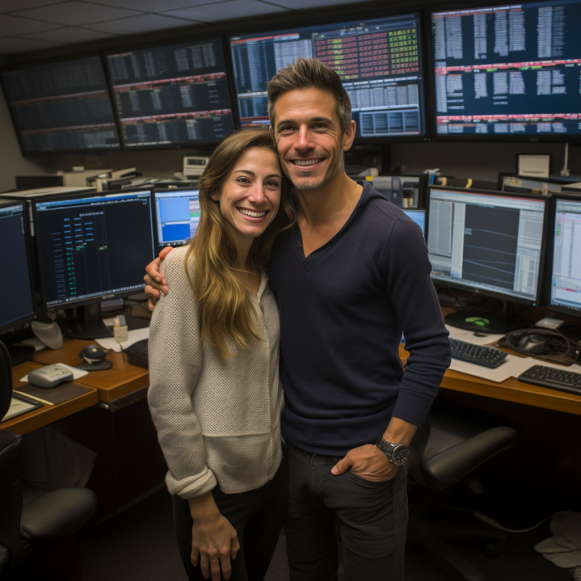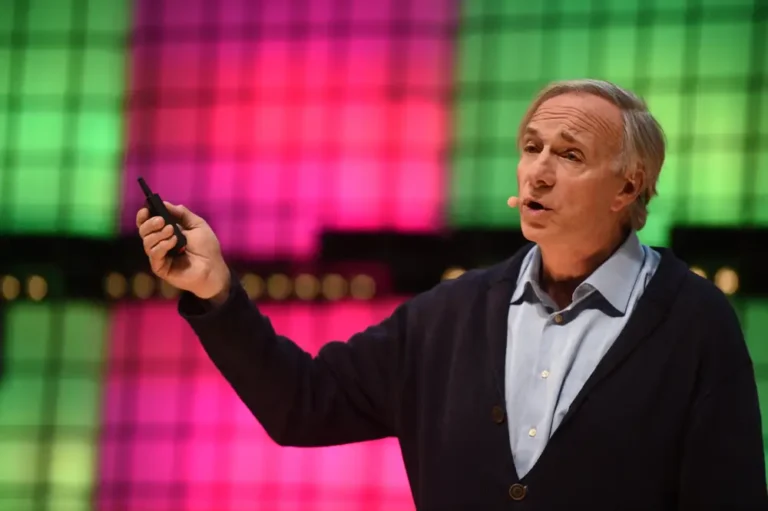A financially independent stock trader shares his biggest mistake that he says resulted in a 30%+ drawdown — and the changes that helped him average a 25% annual return for 5 years

- Erik Smolinski invests in real estate and start-ups, but his bread and butter is options trading.
- He shared the biggest mistake he ever made, which resulted in a massive account drawdown.
- It forced him to reevaluate his strategy and taught him the importance of being an organized trader.
When it comes to active trading, mistakes are unavoidable.
“I don’t know a single trader who hasn’t either blown up an account or had a way-too-significant drawdown on an account,” equities trader Erik Smolinski told Insider, who has returned 25% a year on average over the last five years and 52% in his best year.
The 32-year-old began investing at a young age, thanks to a high school teacher who encouraged him to invest his savings.
His one formative error occurred in college. He’d been trading options for five years at that point and was a little overconfident.
He explained that one trade was a short iron condor, which is an options strategy in which the trader collects a “credit” up front: “This represents our maximum profit potential.” The aim of these trades is for the underlying to expire within a certain range. These are generally high probability trades with a lower profit potential but a higher probability of profit.”
“I completely forewent any true risk management analysis,” he said of the four-day trade. “What this means is that, even if the position’s probabilistic outcome is whatever it was when you first put it on, it changes. Everything changes when information changes. As a result, I didn’t fully appreciate how the underlying could and did move while I was in the trade.”
He was heading to the gym for a workout a few days into the trade when he opened the trading platform on his phone.
“I see this insane drawdown on my entire portfolio,” Smolinski recalled. “The drawdown was in the mid-30% range.” It was massive — on just one trade. And I just remember looking at it and trying to figure out what was going on. I looked at it first in the parking lot, then again when I got into the gym, and then I closed the trade. ‘OK, this has gotten way out of hand,’ I thought. I’m not sure what’s going on. ‘I need to stop the bleeding so I can figure out what’s wrong.'”
He’d never seen such a large percentage drawdown on his account. The dollar amount he lost isn’t significant today — he now has a seven-figure account, which Insider verified, and a diverse portfolio that includes residential and commercial real estate — but “it was a huge amount of money for me at the time,” Smolinski said.
He learned about the Dunning-Kruger effect, which occurs when someone overestimates their own competence.
It can result in “dramatic overconfidence and also a lack of analysis of what we’re doing,” he says. “That’s a really, really dangerous point for all traders: When you first start, you don’t know anything and you know you don’t know anything; then, you spend a bunch of time and effort learning; and now you think you know something but unfortunately, you still don’t know what you don’t know.”
For traders in particular, this can expose them to risk they do not recognize or even understand exists, as was the case with Smolinski.
Finally, Smolinski’s error, which he describes as the “most pivotal moment in my trading career,” forced him to rethink his trading abilities and strategy. “It taught me more than any book could have.” Most traders have to touch the stove before realizing it’s hot.”
Rethinking his strategy and becoming’super organized’
Smolinski had no trading strategy until his first big loss.
One of his mentors had encouraged him to create one, but he had no idea where to begin or what to include in his plan. Furthermore, “it sounded like a lot of work,” he explained, adding, “I was trying to make money fast.”
His account drawdown, on the other hand, prompted him to open a blank Word document and begin his trading plan, which has grown to 388 pages.
His trading strategy, which is divided into sections and includes “strategy outlines,” serves two purposes: For starters, it forces him to consider various scenarios so that he has a plan in place if things don’t go as planned. Second, it enables him to make the best decisions possible without allowing his emotions to take over.
That’s where his trade log comes in, a separate document where he keeps the data he’s accumulated from trading for so many years.
It took him a long time to create his documents. The initial time commitment “is massive,” he said. However, they now work together to create structure — and, at the end of the day, an organized trader will be able to see what works and what doesn’t.





